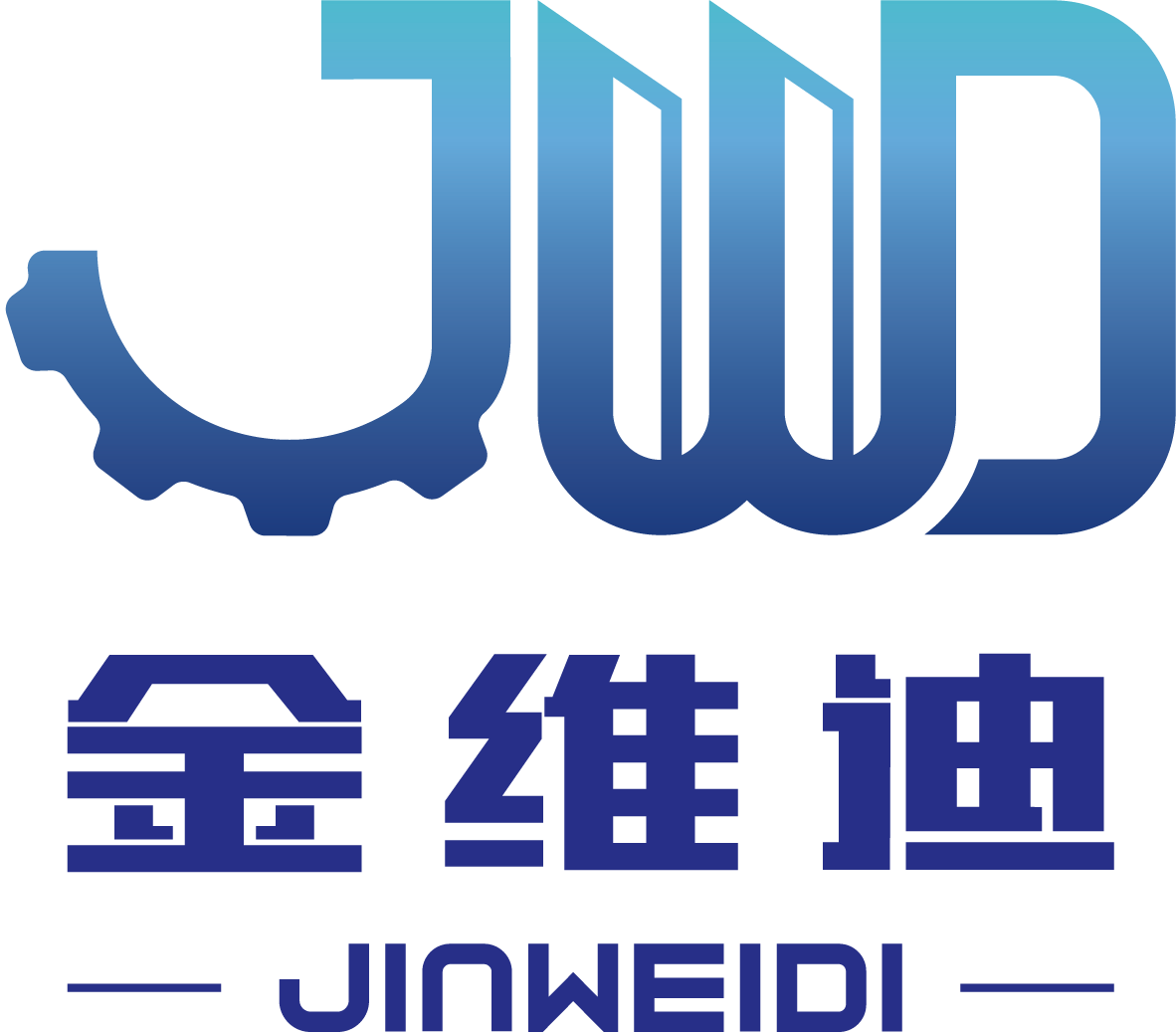Transform Your Manufacturing Process with a Wholesale Double Headed Chamfering Solution
Transform Your Manufacturing Process with a Wholesale Double Headed Chamfering Solution In the rapidly evolving landscape of manufacturing and construction, the need for efficiency, precision, and quality has never been more critical. One of the crucial tools that can significantly enhance these attributes is the double-headed chamfering machine. By integrating this wholesale double-headed chamfer
Jun 19,2025
Transform Your Manufacturing Process with a Wholesale Double Headed Chamfering Solution
In the rapidly evolving landscape of manufacturing and construction, the need for efficiency, precision, and quality has never been more critical. One of the crucial tools that can significantly enhance these attributes is the double-headed chamfering machine. By integrating this wholesale double-headed chamfering solution into your operations, you can streamline the manufacturing process, increase productivity, and ensure high-quality results. This article delves into the features, advantages, and transformative impacts of double-headed chamfering solutions, tailored specifically for professionals in the manufacturing industry.
Table of Contents
- Understanding Chamfering: A Key Manufacturing Process
- Benefits of Using Double Headed Chamfering Machines
- How Double Headed Chamfering Works
- Applications of Double Headed Chamfering in Manufacturing
- Choosing the Right Double Headed Chamfering Machine
- Maintenance and Care for Optimal Performance
- Cost-Benefit Analysis of Investing in Double Headed Chamfering
- The Future of Chamfering Technology
- FAQs about Double Headed Chamfering Machines
Understanding Chamfering: A Key Manufacturing Process
Chamfering is a vital manufacturing process that involves the beveling of edges to improve safety, facilitate better assembly, and enhance aesthetic qualities. Typically applied to metal, wood, and plastic, this process smooths out sharp edges, preventing potential injuries and ensuring a better fit between components. The double-headed chamfering machine stands out as a highly efficient option, allowing for simultaneous chamfering of both edges of a workpiece, thus optimizing workflow and reducing production time.
Benefits of Using Double Headed Chamfering Machines
Investing in a double-headed chamfering solution offers numerous advantages:
- Increased Efficiency: The ability to chamfer both edges simultaneously significantly reduces machining time, allowing for higher output rates.
- Enhanced Precision: These machines often come equipped with advanced technology that ensures consistent and precise chamfering, leading to higher quality products.
- Reduced Labor Costs: With automation, less manual intervention is required, allowing manufacturers to allocate labor to other critical tasks.
- Improved Safety: By eliminating sharp edges, chamfering reduces the risk of injuries, creating a safer working environment.
- Versatile Applications: Suitable for various materials, double-headed chamfering machines can be utilized in different sectors, including construction, automotive, and aerospace.
How Double Headed Chamfering Works
The operation of a double-headed chamfering machine is straightforward yet highly effective. These machines are typically equipped with two cutting heads that can be adjusted to the required angle for chamfering. Here’s a step-by-step overview of the process:
- Setup: The operator sets the machine with the desired chamfer angle and adjusts the speed settings based on the material type.
- Material Placement: The workpiece is securely positioned on the machine bed, ensuring stability during the chamfering process.
- Chamfering Process: Once activated, both cutting heads simultaneously engage the edges of the workpiece, creating a uniform chamfer.
- Quality Check: After chamfering, the workpiece is checked for precision and quality, ensuring it meets the required specifications.
Applications of Double Headed Chamfering in Manufacturing
Double-headed chamfering machines are versatile and find applications across multiple sectors:
1. Construction Industry
In construction, chamfering is vital for ensuring that steel beams and columns fit together seamlessly. The double-headed chamfering machine expedites the process, ensuring that all edges are beveled appropriately for structural integrity.
2. Automotive Manufacturing
The automotive industry utilizes chamfering to prepare parts for assembly. Components such as brackets, frames, and housings benefit from the precision and speed that double-headed machines provide.
3. Aerospace Engineering
In aerospace manufacturing, the quality and precision of components are paramount. Double-headed chamfering ensures that all metal edges are appropriately beveled for optimal performance and safety.
4. Metal Fabrication
Metal fabricators can leverage double-headed chamfering machines for various applications, including custom metal work, ensuring clean edges on intricate designs.
Choosing the Right Double Headed Chamfering Machine
When selecting a double-headed chamfering machine, several factors must be considered to ensure it meets your specific needs:
- Material Compatibility: Ensure the machine can handle the materials you work with, whether they are steel, aluminum, or plastic.
- Angle Adjustment: Look for machines that offer flexible angle settings for chamfering to accommodate different project requirements.
- Production Volume: Assess your production demands and choose a machine that can handle your throughput effectively.
- Space Requirements: Consider the size and layout of your production floor to ensure you choose a machine that fits appropriately.
- Budget: Set a budget that aligns with your business goals, keeping in mind the long-term benefits of investing in quality machinery.
Maintenance and Care for Optimal Performance
To maximize the lifespan and performance of your double-headed chamfering machine, regular maintenance is essential:
1. Regular Cleaning
Keep the machine clean to prevent dust and metal shavings from affecting its operations. Regularly wipe down surfaces and ensure all parts are free of debris.
2. Lubrication
Proper lubrication of moving parts minimizes wear and tear. Adhere to the manufacturer’s recommendations for lubrication intervals and products.
3. Routine Inspections
Conduct routine checks for signs of wear, damage, or misalignment. Addressing these issues early can prevent costly repairs and downtime.
Cost-Benefit Analysis of Investing in Double Headed Chamfering
Investing in a double-headed chamfering machine represents a significant capital commitment, but the long-term benefits can far outweigh the initial costs. Consider the following:
- Increased Production Rates: Faster machining times lead to higher output, allowing for increased sales and revenue.
- Labor Savings: Reduced manual labor requirements can lower labor costs significantly.
- Quality Assurance: Consistent quality reduces the likelihood of defects, minimizing waste and rework costs.
- Long-Term Durability: Quality machines tend to have longer lifespans, providing value over time.
The Future of Chamfering Technology
The future of chamfering technology looks promising, with advancements in automation, AI, and manufacturing processes. Here are a few trends to watch:
- Smart Machines: The rise of IoT will lead to more intelligent machines that can monitor performance and provide real-time feedback for operators.
- Increased Customization: Future chamfering machines may offer more customizable features to cater to specific industry needs.
- Energy Efficiency: As sustainability becomes increasingly important, machines that consume less energy while maintaining performance will gain traction.
FAQs about Double Headed Chamfering Machines
1. What materials can be processed with a double-headed chamfering machine?
A double-headed chamfering machine can efficiently handle a variety of materials, including steel, aluminum, and plastics.
2. How do I determine the right chamfer angle for my project?
The appropriate chamfer angle depends on the application and assembly requirements. Consult engineering guidelines or project specifications for exact angles.
3. Are double-headed chamfering machines difficult to operate?
Most modern machines are designed for ease of use, featuring intuitive controls and safety features. Training is typically provided by manufacturers.
4. What is the average lifespan of a double-headed chamfering machine?
With proper maintenance, these machines can last several years, with many manufacturers offering warranties to cover defects in workmanship.
5. Can double-headed chamfering machines be integrated into existing production lines?
Yes, many machines are designed to be easily integrated into existing workflows, enhancing your overall manufacturing process.
Conclusion
In conclusion, adopting a wholesale double-headed chamfering solution can significantly transform your manufacturing process. The enhanced efficiency, precision, and versatility offered by these machines make them an invaluable asset in today’s competitive landscape. By understanding their operation, benefits, and future trends, you can make an informed decision that aligns with your business goals. Investing in this technology not only boosts productivity but also ensures that your output meets the highest quality standards. As the manufacturing sector continues to evolve, embracing advanced solutions like double-headed chamfering will be essential for staying ahead.
PREVIOUS:
Related Posts
Contact Us
E-mail:
jwd_machinery@sina.com
Phone/WhatsApp:
+86 18515871688
Address:
North side of 7th Road, Taocheng North Industrial Park, Hengshui City, Hebei Province, China




